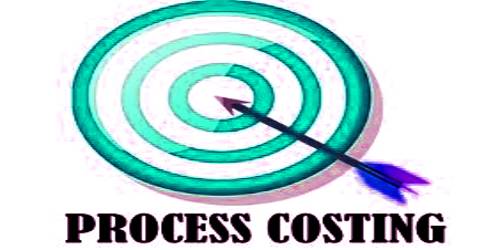Process costing is a method of assigning costs to units of production in companies producing large quantities of homogeneous products. It is a type of operation costing which is used to ascertain the cost of a product at each process or stage of manufacture. There are three different kinds of process costing: weighted average costs, standard costs, and First-in First-out (FIFO).
Disadvantages of Process Costing –
(a) Cost Errors
Process costing can create cost errors in the production system. Production cost errors often represent a significant disadvantage for cost accounting systems. Process Costing does not use direct allocation to apply business costs to individual goods. Direct allocation costing applies a specific amount of raw materials, production labor and manufacturing overhead to goods or services. Process costing may allow non-production costs to be included in the total process cost. Including non-production costs will arbitrarily increase each item’s cost; this also increases the consumer product price. Management accountants may also leave out production costs and create under-costed products. Under-costed products usually result in lower business profits because goods are actually more expensive than actually reported.
(b) Equivalent Units
Management accountants must calculate equivalent units in the process costing system. Equivalent units represent the amount of unfinished goods left in a process at the end of an accounting period. This calculation may only be a best guess or an estimate by management accountants. This information is reported as the work-in-process on a company’s balance sheet. Inaccurate work-in-process accounts may also result in distorted finished good totals. This creates a difficult process for managing inventory and determining how many products the company has to sell in the open marketplace.














